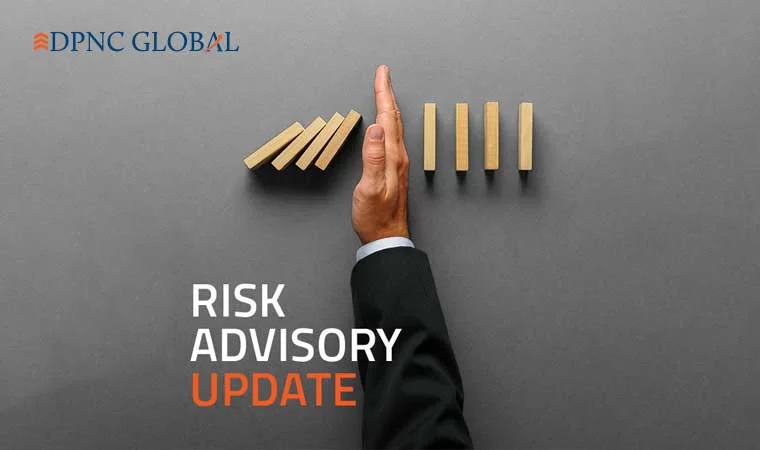Physical verification of fixed assets is a critical process for organizations seeking to maintain accurate financial records, ensure compliance, and safeguard their investments. This note covers the importance, process, challenges, and best practices associated with physical verification of fixed assets.
Importance of Physical Verification
- Accuracy in Financial Records: Ensures that the records in the financial statements match the actual assets owned by the organization.
- Compliance: Helps in complying with accounting standards and regulatory requirements.
- Asset Management: Identifies underutilized or obsolete assets for effective management.
- Fraud Prevention: Deters and detects fraud or theft within the organization.
- Depreciation Accuracy: Ensures that depreciation is calculated on the correct asset base.
Process of Physical Verification
1. Planning and Preparation
Define Objectives: Establish the goals of the verification process, such as accuracy of records, compliance, or asset management improvement.
Develop a Plan: Create a detailed plan outlining the scope, methodology, timeline, and team responsibilities.
Communicate: Inform all relevant departments and stakeholders about the verification process to ensure cooperation.
2. Data Collection
Asset Register Review: Update and review the fixed asset register for accuracy and completeness.
Documentation: Gather necessary documents such as purchase invoices, maintenance records, and previous verification reports.
3. Physical Verification
Identification: Physically locate and identify each asset using asset tags or barcodes for easy identification.
Condition Assessment: Check the condition of each asset and note any damages or discrepancies.
Tagging: Ensure all assets are properly tagged and labeled for future reference.
Recording: Document the details of each asset, including its location, condition, and any discrepancies.
4. Reconciliation
Compare Records: Match the physical count with the fixed asset register.
Investigate Discrepancies: Identify and investigate any discrepancies between the physical count and the records.
Adjust Records: Update the fixed asset register and financial records to reflect the verified information.
5. Reporting
Prepare Reports: Create detailed reports summarizing the findings, including discrepancies, condition of assets, and recommendations.
Management Review: Present the report to management for review and action.
Implement Recommendations: Take necessary actions based on the verification findings, such as disposing of obsolete assets or updating insurance coverage.
Challenges in Physical Verification
- Large Volume of Assets: Verifying a large number of assets can be time-consuming and resource-intensive.
- Geographical Spread: Assets spread across multiple locations add complexity to the verification process.
- Inaccurate Records: Outdated or inaccurate asset registers can complicate the verification process.
- Human Error: Manual verification is prone to errors and omissions.
- Resistance from Staff: Staff may be uncooperative or resistant to the verification process, especially if it disrupts regular operations.
Best Practices for Physical Verification
- Automate with Technology: Use asset management software, barcoding, or RFID technology to streamline the verification process.
- Regular Audits: Conduct physical verification regularly, rather than waiting for year-end audits.
- Train Staff: Ensure that staff involved in the process are well-trained and understand the importance of accurate verification.
- Segregation of Duties: Separate the responsibilities of asset management and verification to enhance control and accountability.
- Clear Documentation: Maintain clear and detailed records of all assets and verification activities.
- Engage External Auditors: Consider engaging external auditors for an unbiased verification process.
Conclusion
Physical verification of fixed assets is a vital activity for maintaining the integrity of financial records, ensuring compliance, and protecting organizational assets. By following a structured process and adopting best practices, organizations can effectively manage their assets and avoid potential financial and operational risks. Regular verification not only ensures the accuracy of the asset register but also supports better decision-making and resource allocation.
By implementing these detailed steps and best practices, organizations can maintain robust control over their fixed assets, ensuring their financial statements reflect true and fair values, thereby enhancing overall operational efficiency and effectiveness.
DISCLAIMER
The information contained herein is prepared based on the information available on the public domains. While the information is believed to be accurate to the best of our knowledge, we do not make any representations or warranties, express or implied, as to the accuracy or completeness of this information. Reader should conduct and rely upon their own examination and analysis and are advised to seek their own professional advice. We accept no responsibility for any errors it may contain, whether caused by negligence or otherwise or for any loss, howsoever caused or sustained, by the person who relies upon it.
About Our Risk Advisory Servcies
DPNC Global LLP is a full service consulting firm providing multi-disciplinary services to clients ranging from MNCs, Indian Corporates from across industries to Family Offices and UHNIs, both in and outside India.
Our Risk Advisory Services (RAS) team offers solutions to help organizations and their management to effectively balance risk management, governance and compliance while moving towards their short-term and long-term strategic goals. Our team comprises a group of qualified and experienced professionals with in-depth knowledge and specialization in risk advisory services including for conducting Internal Audits, developing Standard Operating Procedures etc. We leverage our knowledge of industry best practices and domains across organizations of all sizes and sectors to streamline and develop systems, processes & solutions that are tailored to be suitable for our clients. To know more about our services in Risk Advisory Services, visit https://dpncglobal.com/risk-advisory/


